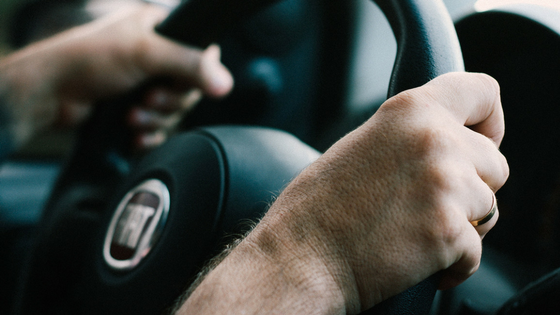You may pay more for car insurance after an accident – even if you’re not at fault

From speeding and tailgating to running red lights and using smartphones, chances are good that you witnessed some fairly remarkable — and fairly frightening — behavior on the part of fellow motorists as you drove into work sometime over the last week.
While you do your best to drive defensively to protect yourself and your vehicle, the unfortunate reality is that this vigilance can only do so much. At the very least, you can take some comfort from the fact that your car insurance is there to help cover the costs of a collision that is entirely the fault of another driver. However, a recently released study shows that this comfort may come at a cost.
Last week, the Consumer Federation of America released a rather eye-opening report, which revealed that motorists living in big cities who file claims with their insurance company after being involved in fender benders 100 percent attributable to another driver face not insubstantial premium hikes.
Specifically, CFA researchers secured rates from the nation’s five largest car insurers — State Farm, Progressive, Farmers, Geico and Allstate — for two fictional drivers in 10 major U.S. markets. These two fictional drivers were women with similar ages, vehicles and driving records who differed only in terms of income (as measured by employment and education).
After examining the data, the CFA researchers made the following determinations concerning hikes in insurance premiums and not-at-fault collisions:
- Progressive assessed the highest average no-fault accident penalty (17 percent) followed by Geico (14 percent), Farmers (11 percent) and Allstate (5 percent); State Farm doesn’t assess such a penalty
- Drivers in certain markets — New York City ($400), Baltimore ($258), Minneapolis ($213) — faced considerably higher rates for not-at-fault collisions
- Drivers with lower incomes faced considerably higher rates for not-at-fault collisions (9.6 percent) versus their higher-income counterparts (6.6 percent)
While the insurance industry has been quick to dismiss the study as biased and incomplete, the CFA has indicated it serves to highlight an “abuse of the insurance product” that customers originally purchased in good faith.
All this naturally raises the question as to what, if anything, consumers can do to protect themselves. According to the CFA, the simple answer is to perform the necessary research before buying and, if necessary, complain to a state agency in the event of seemingly unfair premium hikes.
The good news for motorists here in California is that it’s one of only two states, the other being Oklahoma, that prohibits insurers from increasing penalties for motorists not-at-fault in collisions.
Sources: CBS News, “That ‘not-at-fault’ collision could still hike your premium,” Ed Leefeldt, February 13, 2017; The Chicago Tribune, “Insurers raise rates after crashes — even if driver not to blame, study finds,” Robert Channick, February 13, 2017


